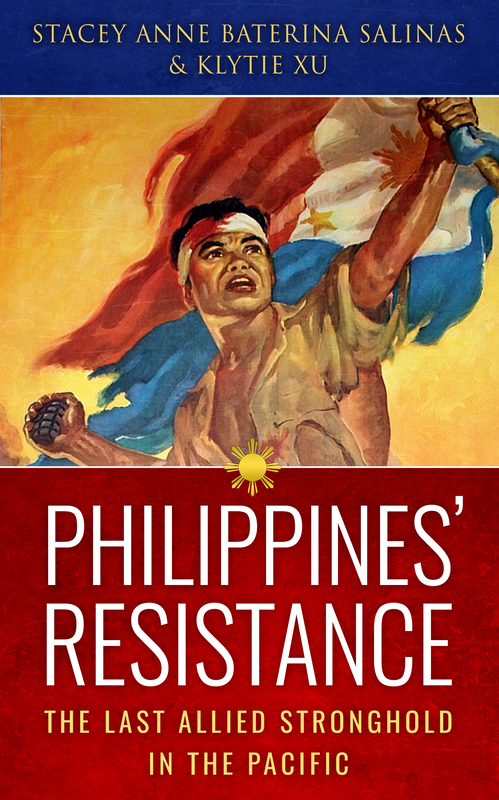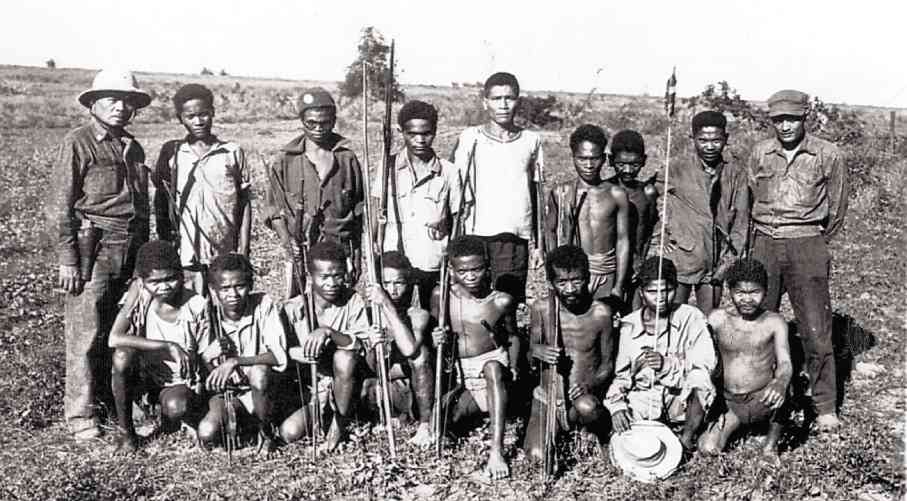This content is a supplementary resource guide to our book.
Philippines' Resistance: The Last Allied Stronghold in the PacificThe people of the Philippine Islands during the early half of the 20th century experienced various waves of Western imperialism, two wars of attempted secession from Western powers, and two world wars. And yet the Philippine Islands and its people have received only small subheadings in many American textbooks and histories.
The wartime experiences from the perspectives of the Philippine people have gone unnoticed and have become overshadowed by the sociopolitical dominating legacy of American figures like General MacArthur, leader and historical symbol of the Pacific Theater during World War II. MacArthur's famous phrase "I came through and shall return" is etched into every facet of World War II historical narratives, textbooks, and monuments that pay tribute to the Allied forces in the retaking of the Pacific from the Japanese. But It is the lesser known people and leaders of the Philippine resistance against the Axis powers whose efforts and contributions allowed for the effective and speedy return of MacArthur's military forces. The Philippine guerrilla resistance consisted of a diverse cast of Filipino men and women, ethnic and indigenous minorities, American and European immigrants and soldiers, young and old, rich and poor, from farmer to politician. The various units of Philippine guerrillas, their tactics, military resources, and vigor to survive and end the Japanese maltreatment of the Philippine peoples paint the Pacific Theater from 1941-1945 as desperate, dark, and bloody for Asian communities throughout East and Southeast Asia. But their resourcefulness, cooperative efforts to collaborate and network with MacArthur across the South Pacific, and massive grassroots liberation movement directly point to the remarkable value that the Philippine Underground Resistance proved to be in aiding the Allies' ability to retake the Pacific. |

